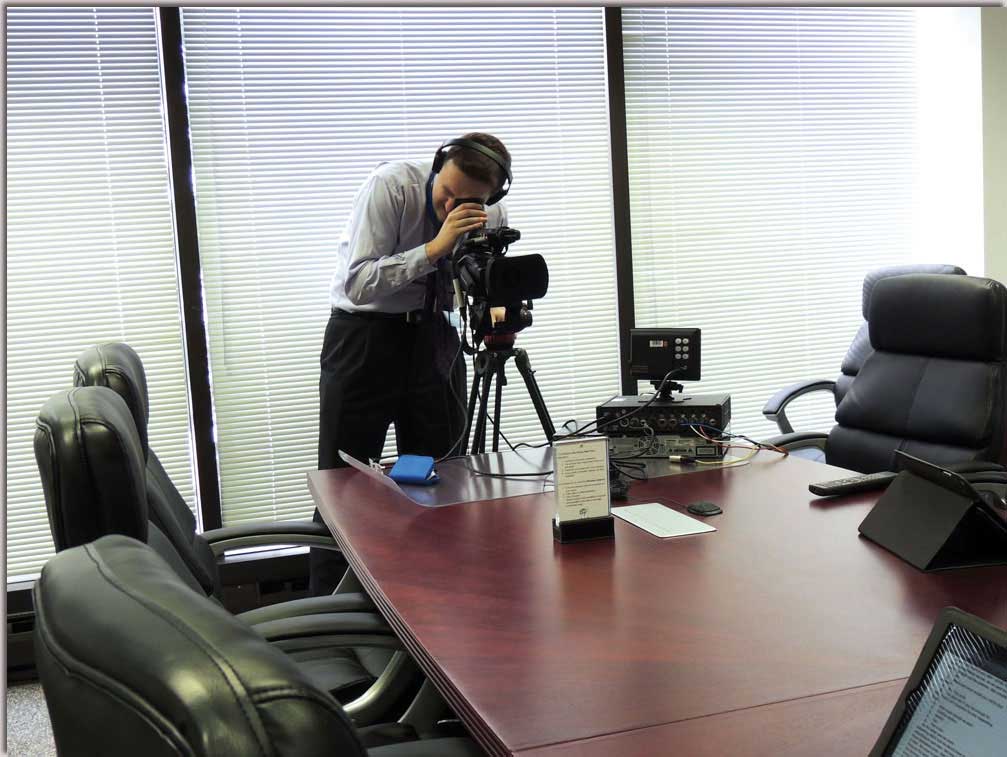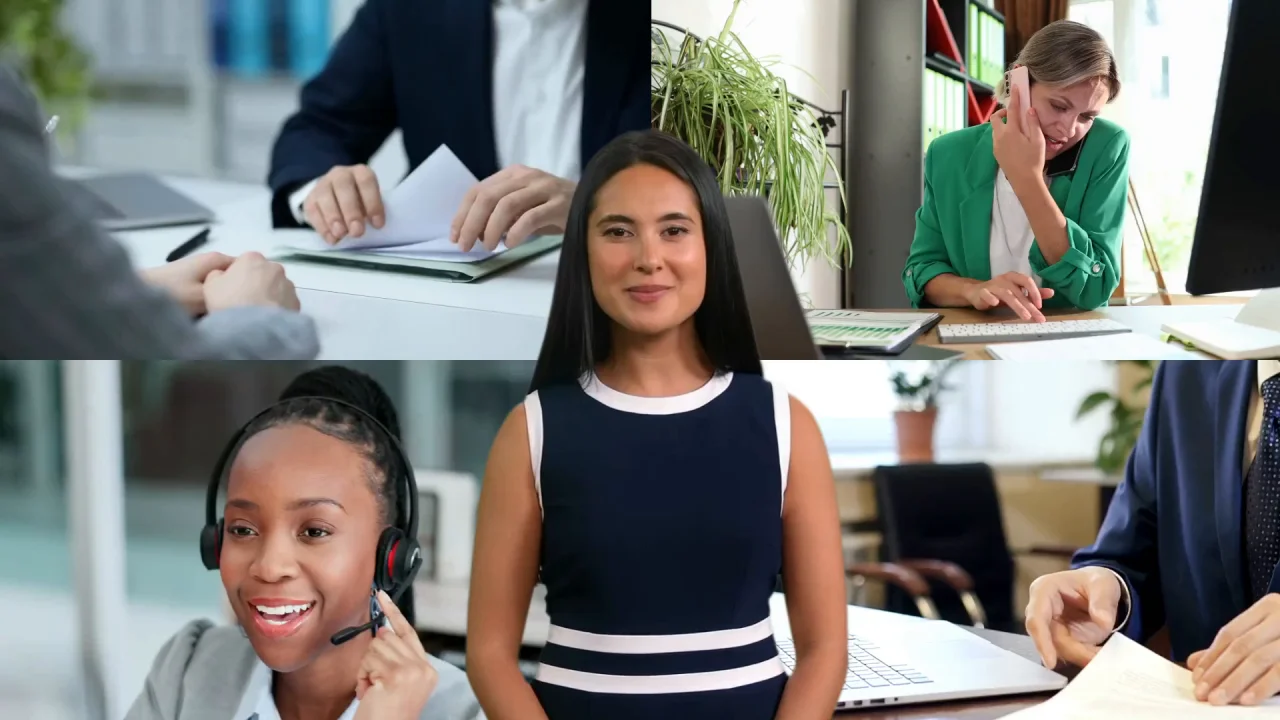Quality legal video production depends greatly on specific devices and devices developed to capture, modify, and provide clear and efficient visual evidence. Essential elements consist of high-definition cameras that assure crisp photo top quality, together with microphones that capture audio with quality, decreasing background noise. Tripods and stabilization systems enhance the solidity of footage, considerable for maintaining visitor focus. Lighting devices is likewise vital, as it assists brighten topics effectively, decreasing shadows and improving exposure. Additionally, mobile recording gadgets are frequently used for depositions and interviews, guaranteeing adaptability in numerous settings. Eventually, the best mix of these tools not only promotes exact documents but likewise sustains persuasive presentations in the courtroom, strengthening the honesty of the legal process.
Video Modifying Techniques
Efficient legal video production extends beyond catching premium footage; it likewise includes innovative editing and enhancing techniques that boost the discussion of visual evidence. One crucial technique involves the careful selection of appropriate clips that ideal support the instance story. Editors typically make use of shifts, such as fades and cuts, to keep customer involvement while ensuring a logical circulation of details. Color correction and audio balancing are necessary for clarity, enabling jurors to concentrate on the material without disturbances. In addition, message overlays can stress essential factors or offer context, making intricate information much more easily accessible. expert legal video. By utilizing these editing and enhancing approaches, legal video specialists create engaging visual help that effectively share the essence of the situation, inevitably serving to enhance the arguments offered in the court
Discussion Formats Described
While various presentation formats exist, each serves an unique purpose in the domain name of legal video production. Common formats consist of depositions, trial discussions, and video shows. Depositions generally record witness testaments, assuring a reputable document for future referral. Test discussions utilize edited video sections to succinctly communicate crucial points, typically boosted with graphics and comments for clearness. Video clip shows function as aesthetic help, giving jurors with context and strengthening vital debates. Each layout relies on advanced technology, consisting of premium cameras and modifying software program, to ensure quality and professionalism and trust. By choosing the ideal style, legal teams can effectively interact their narrative, facilitating a much more engaging court experience that sustains their case purposes.
Best Practices for Capturing Legal Video
Catching top notch legal video requires careful factor to consider of tools selection and arrangement, making sure ideal illumination and audio high quality. Effective editing and post-production methods additionally play an essential function in offering the final product plainly and expertly. These best methods are vital for preserving the stability and performance of legal video documents.
Devices Choice and Setup
Picking the appropriate tools for legal video production is crucial for ensuring high-grade video footage that fulfills legal requirements. Experts generally go with high-def cameras efficient in capturing clear, detailed pictures. Tripods are important for stability, preventing unstable video footage that might threaten the presentation. Additionally, using several camera angles can improve the narrative by offering diverse perspectives. It is likewise a good idea to have backup recording tools to stop data loss. Storage options have to be dependable and adequate to fit large video files. When selecting devices, portability is vital, as legal setups can differ in size and place. Video codecs ought to be suitable with modifying software to facilitate seamless post-production processes.
Illumination and Noise Quality
Reliable lights and audio high quality are essential components in the production of legal video, as they considerably impact the quality and professionalism and reliability of the end product. To accomplish optimal illumination, it is essential to use soft, diffused light resources that lessen severe shadows and protect against glow. Placement lights purposefully to brighten subjects equally, guaranteeing all faces and information show up. Relating to sound, making use of premium microphones is vital; lavalier mics are typically chosen for their ability to record discussion plainly while minimizing background sound. In addition, keeping an eye on ambient audio degrees throughout recording can aid keep audio consistency. By sticking to these best techniques, attorneys can improve the performance of their video presentations, guaranteeing they share the intended message with accuracy.
Editing and Post-Production Techniques
After assuring ideal lighting and audio high quality, the following stage in generating legal video entails meticulous editing and post-production methods. This phase is necessary for boosting the clarity and professionalism and trust of the last item. It commonly includes cutting unnecessary video footage, dealing with shade variances, and changing audio levels to assure crisp audio top quality. Integrating graphics, such as titles or notes, can assist emphasize essential points and offer context. In addition, smooth shifts in between segments contribute to a coherent narrative flow. Legal video editors should also be conscious of compliance with legal standards and privacy considerations, assuring that delicate details is taken care of appropriately. Eventually, effective modifying and post-production elevate the high quality of legal discussions, making them a lot more impactful in the court.
Integrating Legal Video Into Trial Technique
Incorporating legal video into trial technique can substantially improve the presentation of proof and narratives in the court. By successfully utilizing video, lawyers can give visual context that reinforces their disagreements and helps jurors comprehend intricate information much more easily. Legal videos can consist of witness testimonies, reenactments, or aesthetic evidence that supports the case, creating a compelling narrative that resonates with the target market.
Incorporating legal video allows for calculated pacing throughout a trial. Attorneys can choose when to provide video evidence to maximize its impact, helping to preserve juror interaction and emphasis. Additionally, the usage of legal video can facilitate clear interaction of bottom lines, making sure that important elements of the case are not neglected. Overall, including video components attentively right into trial strategy can significantly influence the court's assumption and understanding, possibly persuading the result in support of the providing party.
Enhancing Jury Involvement With Legal Video
Although jurors typically encounter info overload throughout tests, boosting their engagement with legal video can considerably improve their focus and understanding. Legal video functions as a vibrant device that changes complicated info into digestible visual narratives. By integrating video presentations, attorneys can successfully highlight vital proof, witness view website testaments, and case timelines, making the content extra relatable and much easier to understand.
Aesthetic aspects catch jurors' interest, permitting them to take in details more efficiently than with verbal descriptions alone. In addition, using top notch legal video can stimulate emotional reactions, promoting a deeper connection to the situation. This psychological involvement can especially affect jurors' understandings and decision-making processes.
Eventually, legal video not only clarifies intricate information yet also enhances the overarching styles of a trial, ensuring that jurors continue to be involved and informed throughout the proceedings. Consequently, it emerges as an indispensable asset in modern court room presentations.
Case Researches: Successful Usage of Legal Video in Trial Runs
As legal professionals significantly recognize the influence of aesthetic narration, many study highlight the successful application of legal video in trials. One noteworthy case included an accident claim where video depositions of witnesses considerably boosted the jury's understanding of the case. The brilliant imagery and psychological testimonies developed a compelling story that affected the jurors' assumptions.
In an additional instance, a criminal test used security video to rebuild the occasions leading up to a burglary (expert legal video). The video proof cleared up inconsistencies in witness testaments, eventually persuading the court's decision towards a conviction
Additionally, a company litigation instance showcased the calculated use computer animations to describe complex economic transactions, enabling jurors to understand detailed details effortlessly. These examples highlight how legal video not only help in offering browse around these guys proof yet also improves total engagement, leading to extra educated jury considerations and results in numerous legal contexts.
Often Asked Inquiries

How Is Legal Video Different From Traditional Video Recording?
Legal video differs from standard video recording in its purpose and adherence to certain legal criteria. It concentrates on clarity, detail, and proper documents, ensuring that the video footage is appropriate for usage in legal process.
What Are the Expenses Connected With Legal Video Production?
The costs related to legal video production differ extensively, influenced by aspects such as tools quality, editing complexity, and the production group's expertise. Additional costs might consist of area costs and post-production solutions for suitable discussion.
Can Legal Video Be Utilized in Appellate Judiciaries?
Legal video can be used in appellate courts, mainly as a tool for showing test proceedings. However, its admissibility relies on administrative policies and whether it serves to make clear the record or procedural issues.
What Are the Legal Demands for Using Video in Court?


The legal requirements for making use of video in court generally consist of adherence to guidelines of evidence, appropriate authentication, assuring significance, and compliance with administrative guidelines. These elements assure the honesty and dependability of the video evidence presented.
Just how Do I Pick a Legal Video Provider?
Choosing a legal video company includes evaluating experience, modern technology, and track record. Think about elements such as accreditation, client reviews, and accessibility to assure the service provider meets details legal demands Recommended Reading and boosts court room performance.